Poultry are birds that are raised to provide meat and eggs for human food. Chickens are by far the most common kind of poultry raised throughout the world. Other important species include turkeys, ducks, geese, guineafowl, pheasants, pigeons, and quail. Some birds are particularly prized by certain peoples. For example, guineafowl are an important species in France.
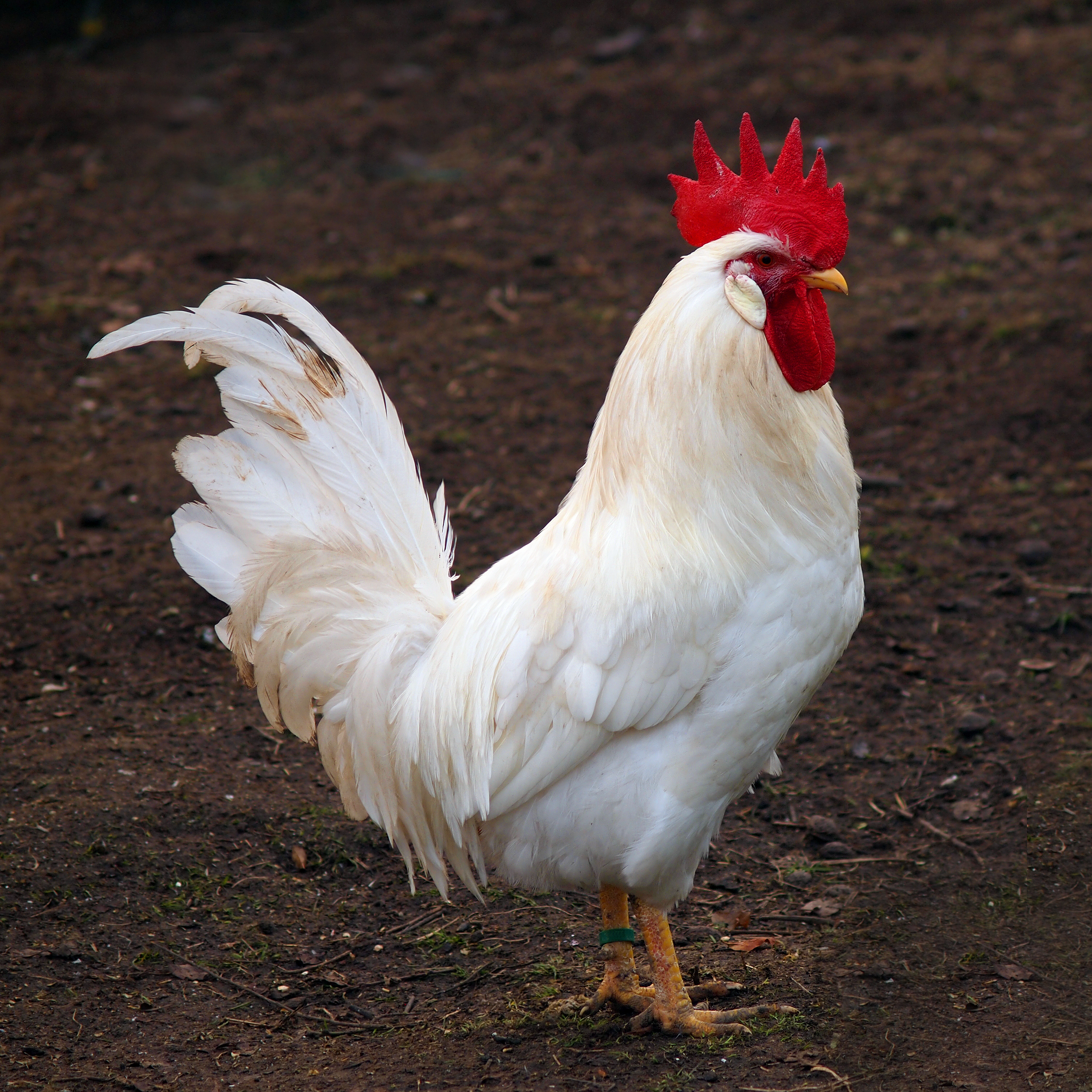
Although poultry are used primarily for food, they also provide several important by-products. Manufacturers use the feathers of ducks and geese to stuff pillows and insulated clothing. Farmers use poultry manure as fertilizer. Eggs are used not only as food but also in making paint, vaccines, and other products.
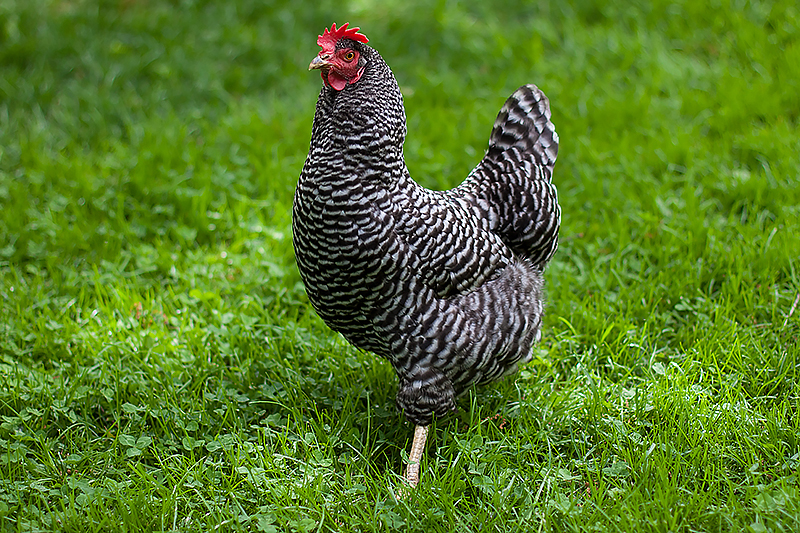
Chickens, ducks, and turkeys are the most common kinds of poultry raised in the United States and Canada. In the late 2020’s, U.S. farmers earned about $70 billion a year from the sale of poultry meat and eggs. Canadian farmers earned about $4 1/2 billion (in U.S. dollars) annually from poultry and eggs.
The majority of the poultry consumed in the United States comes from chickens. The rest comes mainly from turkeys. Leading producers of chickens for use as meat include Alabama, Arkansas, Georgia, Mississippi, North Carolina, and Texas. Arkansas, Minnesota, and North Carolina are the chief turkey-producing states. Other leading turkey producers include California, Indiana, Iowa, Missouri, and Virginia. Ontario and Quebec produce the majority of the poultry products in Canada. Almost all the eggs eaten in Canada and the United States are chicken eggs. Indiana, Iowa, Ohio, and Pennsylvania lead the United States in egg production.
Chickens also account for the majority of the world’s poultry consumption. Most of the rest comes from, in order, ducks, turkeys, and geese. Brazil, China, and the United States are the leading producers of chicken meat. The United States produces about half of the world’s turkey meat. More than 90 percent of the world’s egg production comes from chicken eggs. The leading egg-producing countries include Brazil, China, India, Indonesia, Mexico, and the United States. People in some countries also eat the eggs of ducks, geese, and other fowl.
Raising poultry.
Most of the poultry produced in the United States comes from large commercial farms that raise only these birds. Some of the farms have flocks of more than a million birds. A small percentage of U.S. poultry is raised in flocks that consist of 5,000 or fewer birds. Many small poultry farmers also do other kinds of farming. Most commercial poultry farmers buy baby birds from hatcheries, which hatch eggs in incubators.
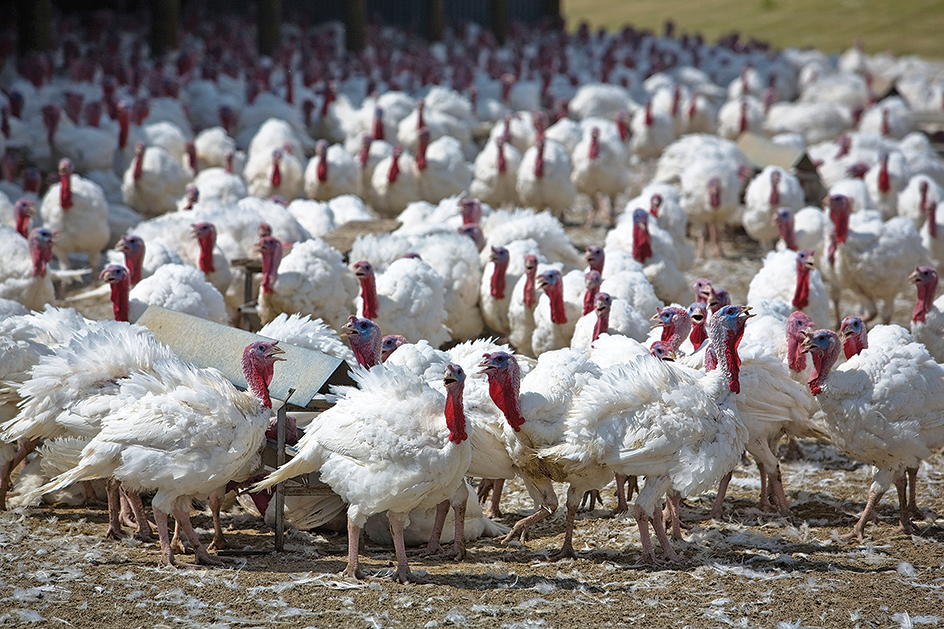
Female chickens raised to produce eggs are called laying hens. They begin to lay eggs when they are about 21 weeks old. The birds are kept in long, low buildings called laying houses, each of which may hold as many as 50,000 hens. In many of these houses, the hens live in cages that have a sloped floor so the eggs can roll out. In highly automated laying houses, mechanical devices carry feed and water to the hens, and a conveyor belt carries the eggs to a central collecting room. The hens are kept in the laying house for about 12 months after they start to lay eggs. Then they are either kept in laying houses for another season, or are sold for slaughter and replaced with young birds.
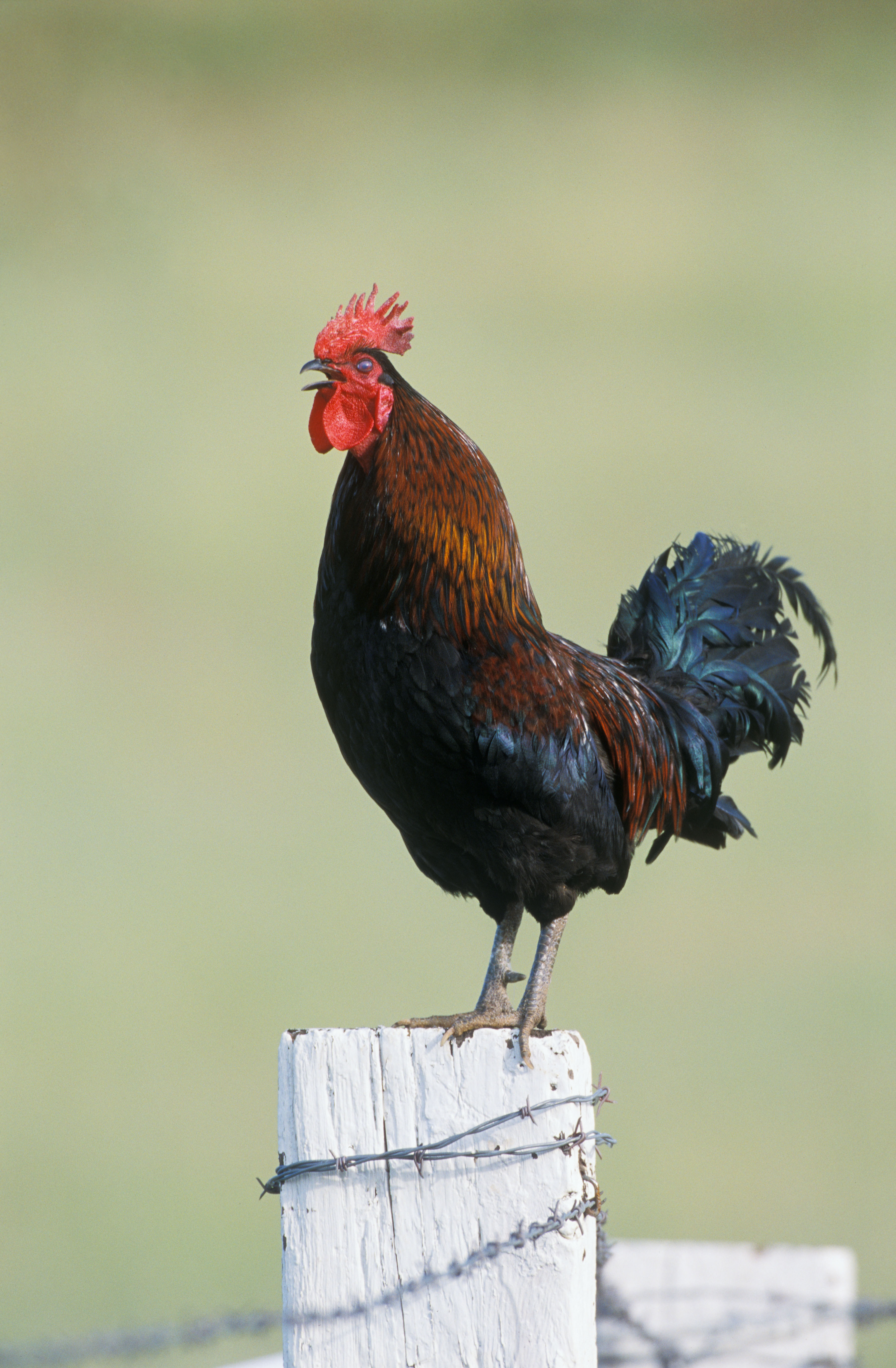
Chickens raised only for their meat are called broilers or fryers. Most broilers are raised indoors on a dirt or concrete floor that is covered with litter. Litter is straw, wood shavings, or some other material that absorbs moisture, keeping the birds clean. Broilers eat and drink from automatic feeders and water containers.
Geese, turkeys, and some other birds require more space because they are larger than chickens. Most of these birds are raised outdoors in pens or fenced fields. However, many turkey farmers raise their birds indoors. Most ducks are also raised indoors. Pheasants, quail, and other birds are cared for much as broilers are, but most farmers raise them in smaller flocks.
Poultry feed consists of a mixture of ingredients that promotes rapid growth or high egg production. The main ingredient is corn, wheat, sorghum, or some other grain. The grain is mixed with protein supplements, such as soybean meal or meat by-products. Vitamins and minerals are also added. A broiler eats an average of 1 pound (0.45 kilogram) of feed per week. A laying hen consumes about 4 pounds (1.8 kilograms) of feed for every dozen eggs that she lays.
Diseases and parasites are a major problem of poultry farmers. Many birds are kept in a small area, and so disease can spread quickly through a flock, causing severe losses. Therefore, farmers vaccinate their birds, add drugs to the water or feed, and keep the flocks as clean as possible. Respiratory ailments of poultry include Newcastle disease, infectious bronchitis, laryngotracheitis, and avian influenza. Avian influenza, also called bird flu, is of special concern because it is occasionally transmitted to people. Marek’s disease and leukosis, which kill many birds, result from tumors caused by viruses. Parasites cause a disease called coccidiosis.
Breeding is another important aspect of poultry raising. Breeders have developed types of birds that produce more meat or eggs than other types. For example, turkeys raised in the United States have an extremely broad breast that yields much white meat.
Marketing poultry and eggs.
Poultry raised for meat are marketed at various weights and ages. For example, broilers reach a market weight of about 4 pounds (1.8 kilograms) when they are about 8 weeks old. Turkey market weights vary widely, depending on type. A typical hen turkey reaches its market weight of about 15 pounds (6.8 kilograms) at 15 weeks old. Tom turkeys weigh about 24 pounds (11 kilograms) at 17 weeks. Ducks are ready for market when they are 7 or 8 weeks old and weigh approximately 6 pounds (2.7 kilograms).
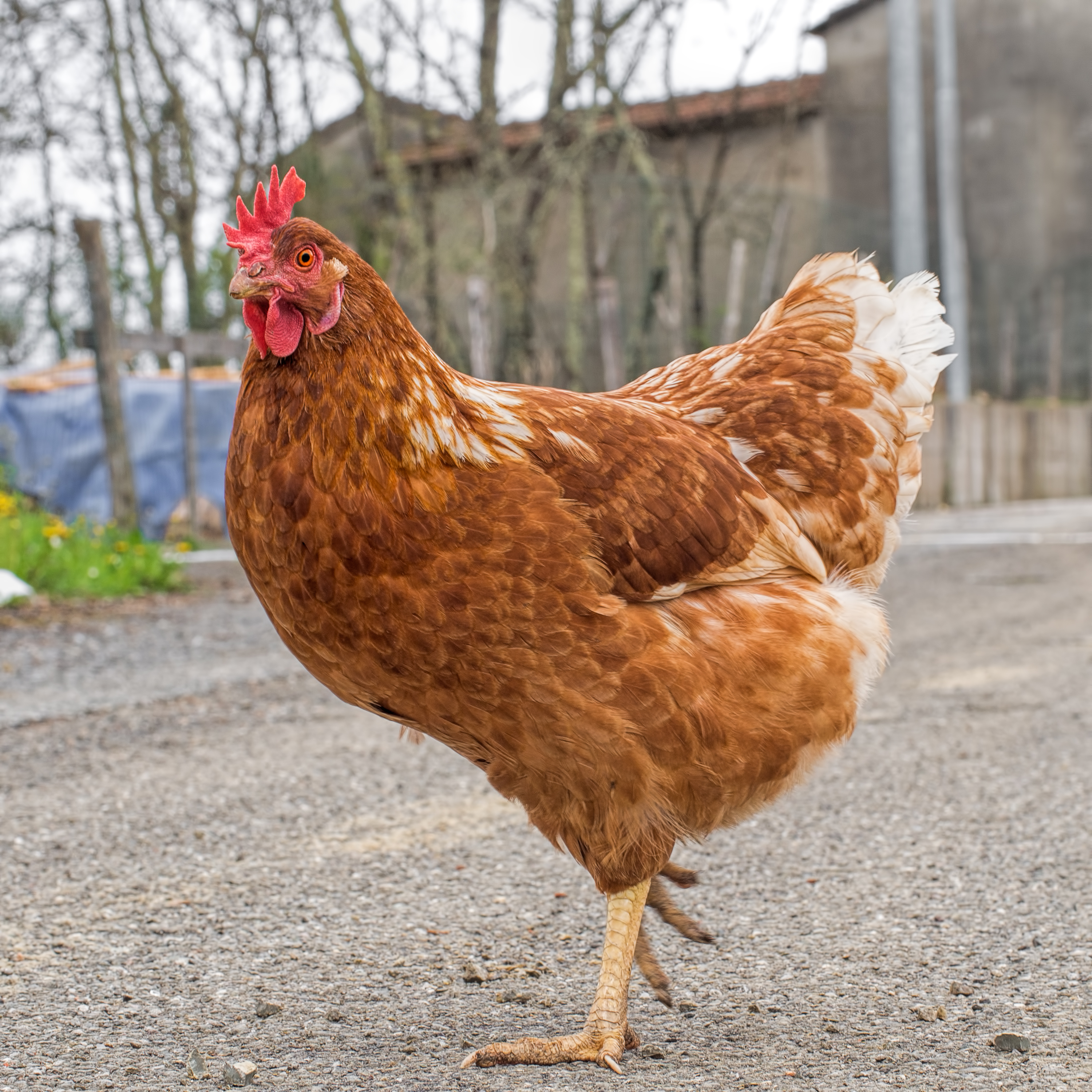
Poultry that have reached market size are sent to processing plants to be slaughtered, inspected, and graded. Then they are shipped to supermarkets. Most broilers and turkeys sold in the United States are either cut up and sold in parts or processed and sold as specialty meat.
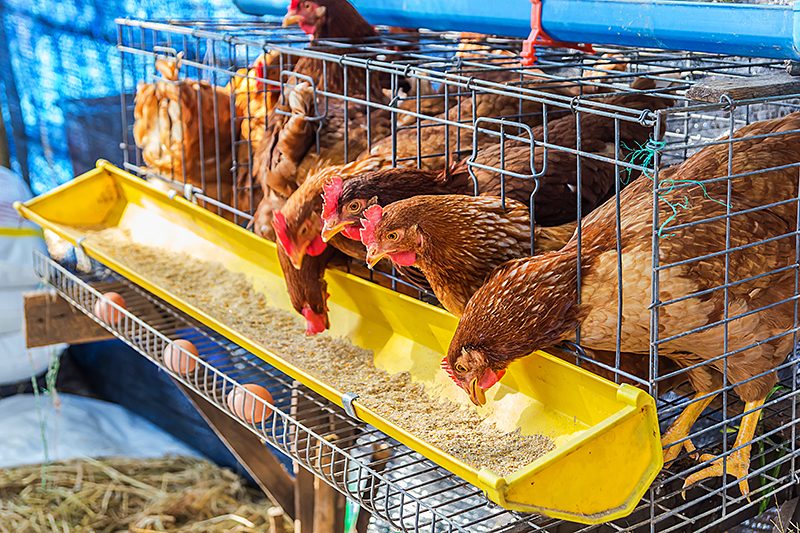
Egg farmers generally sell their eggs directly to supermarkets or to wholesalers. Most eggs are sold to consumers fresh, though some are used in such processed food items as cake mixes and noodles. Eggs must be washed, graded, and packed in cartons to prepare them for marketing. Inspectors determine the quality of an egg by candling , shining a strong light through the egg from behind. Eggs are stored and shipped under refrigeration to ensure their freshness.
During the 1970’s, the poultry industry developed new kinds of processed meats, including “frankfurters” made of chicken and “ham” made of smoked turkey. The poultry meats were generally cheaper and less fatty than the products made from beef or pork.
